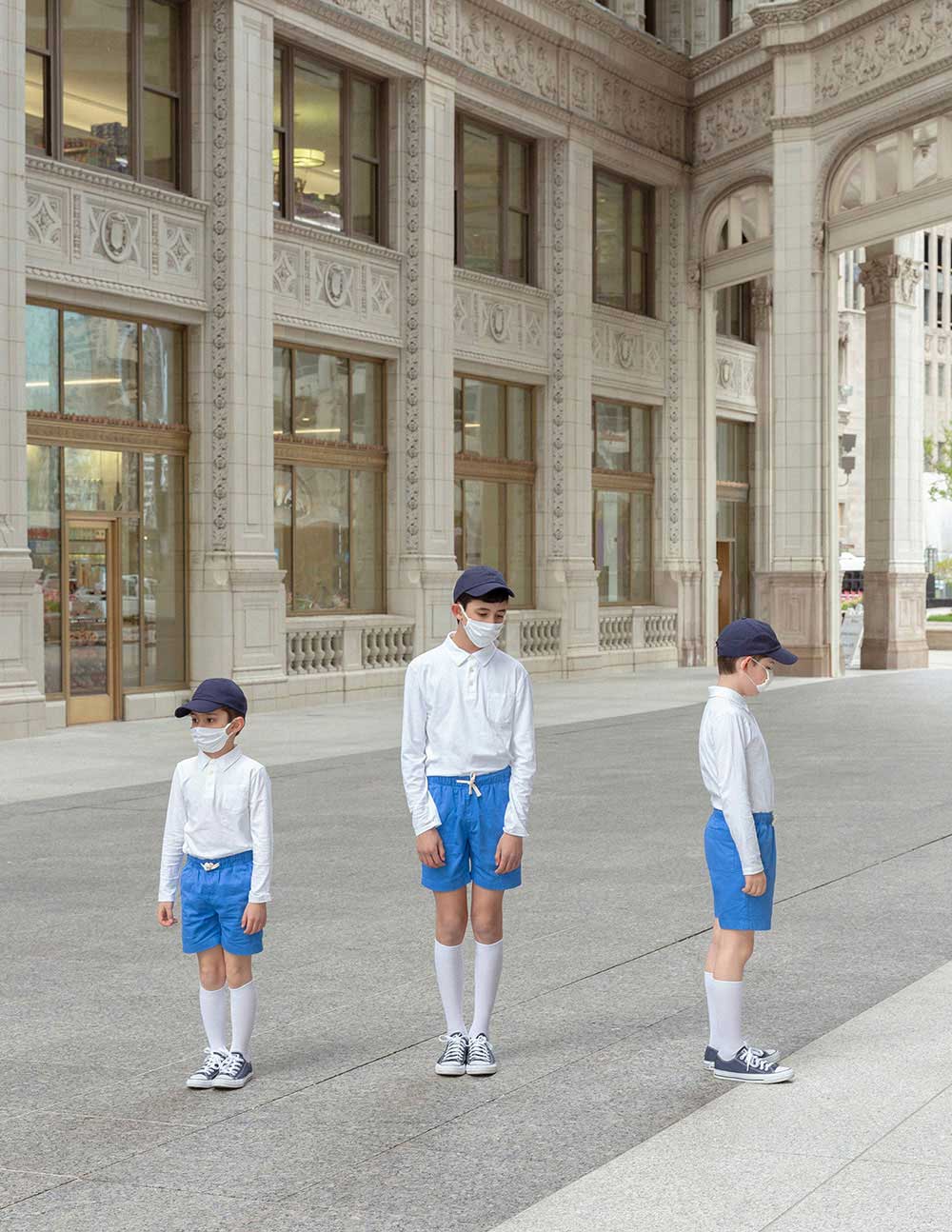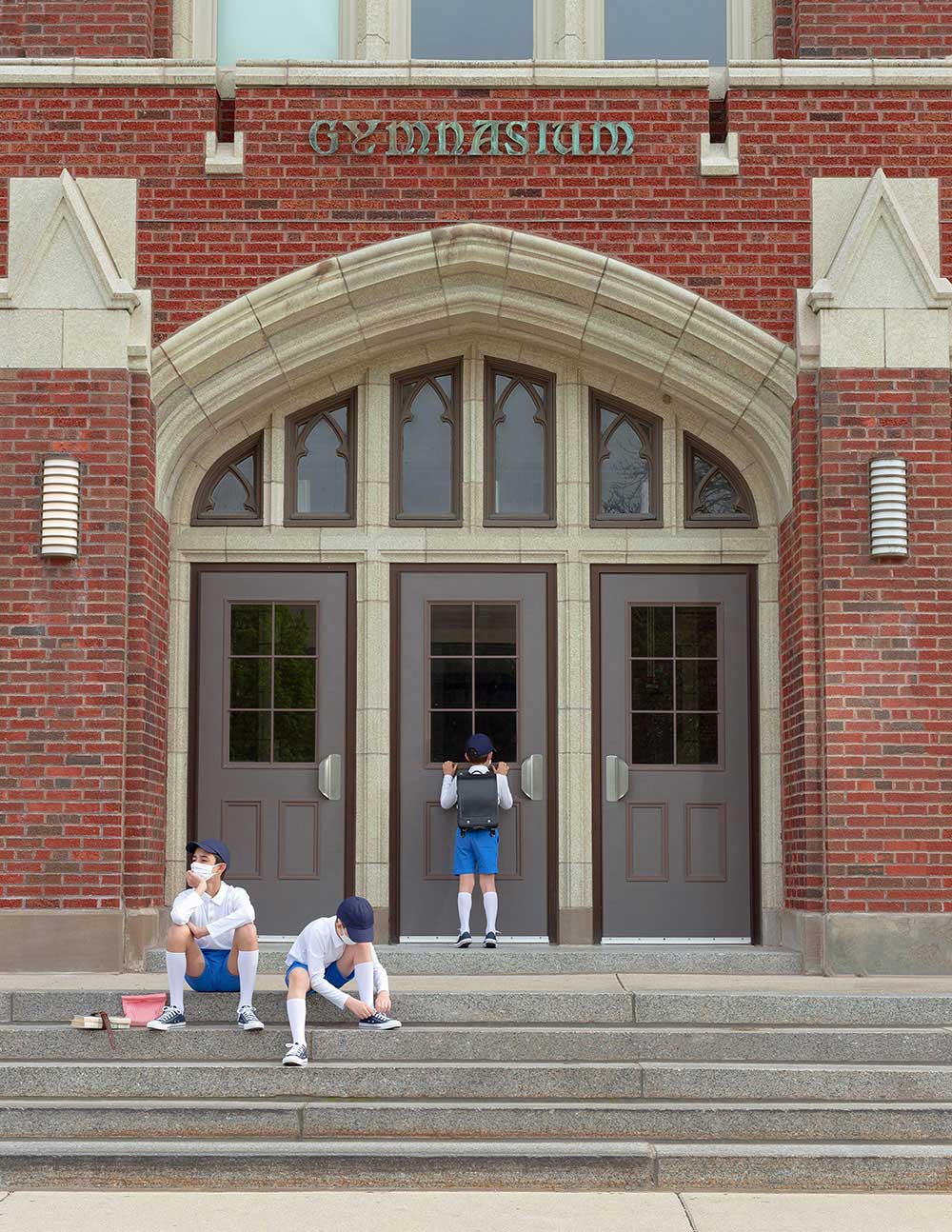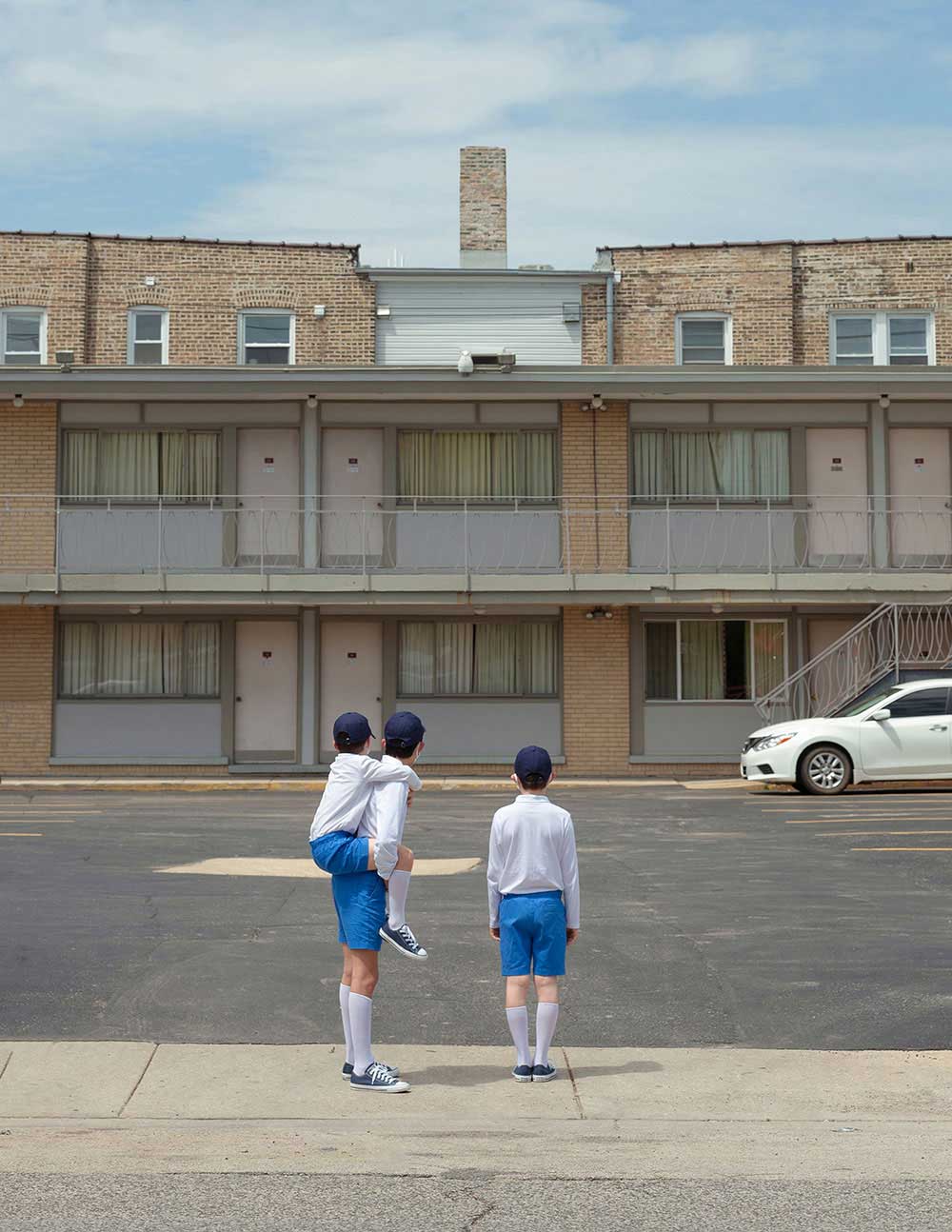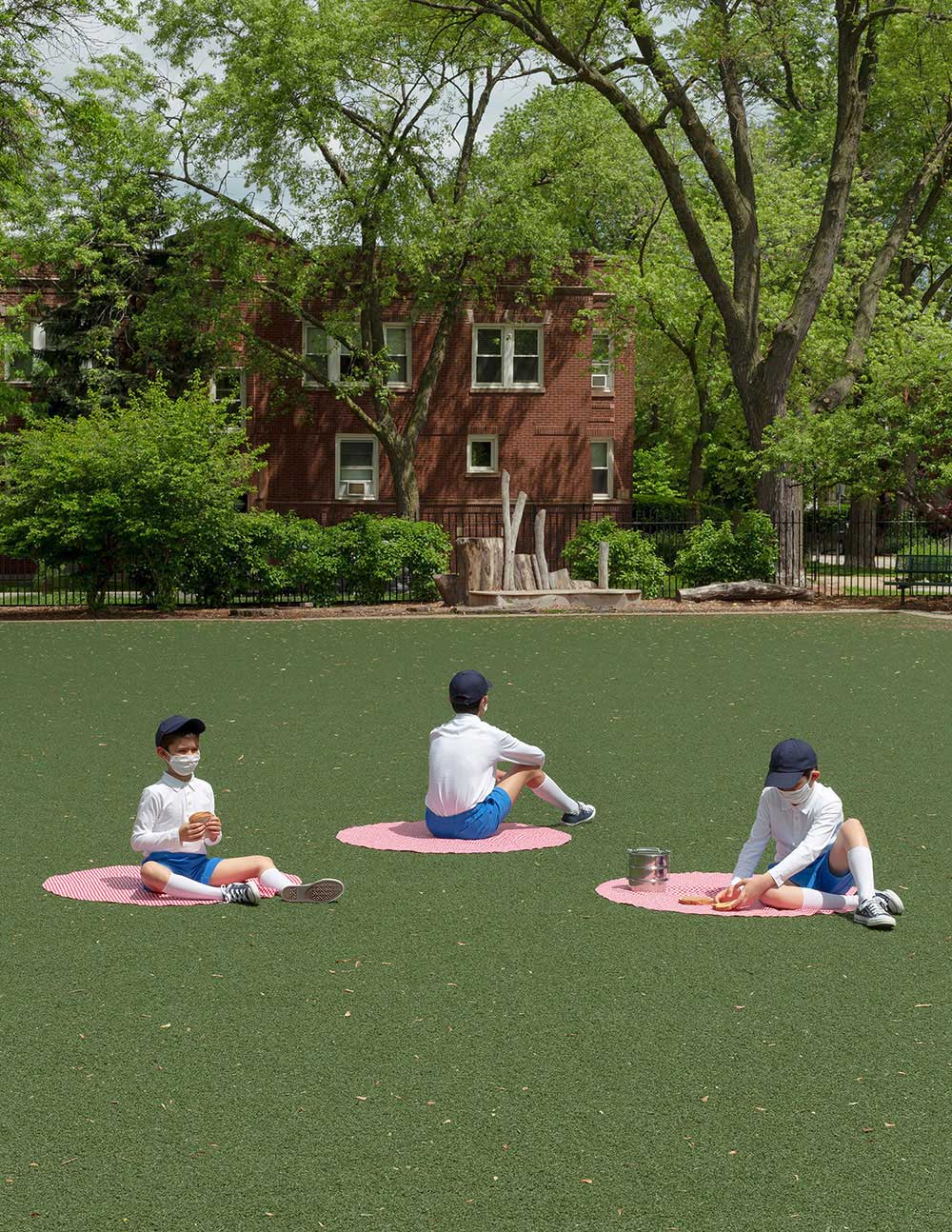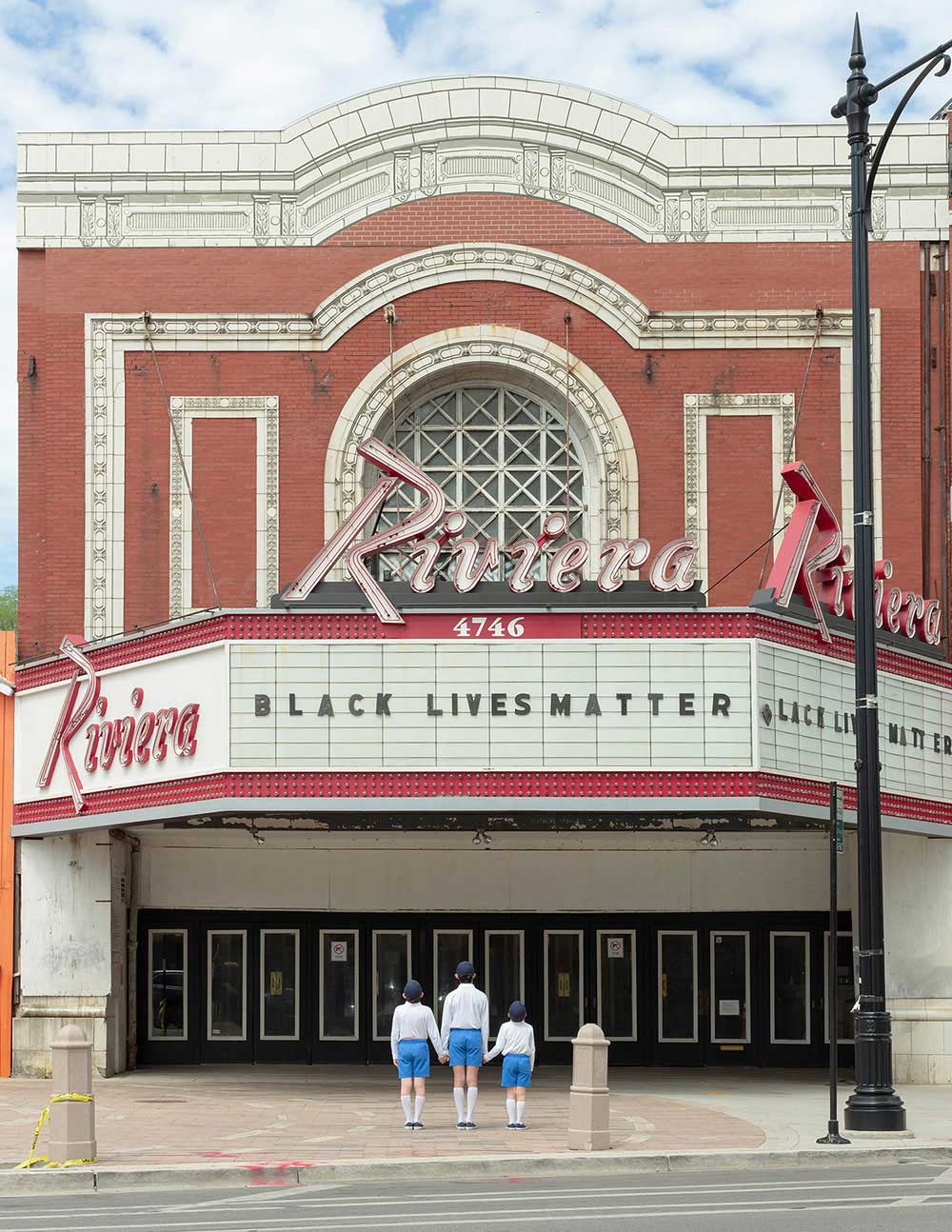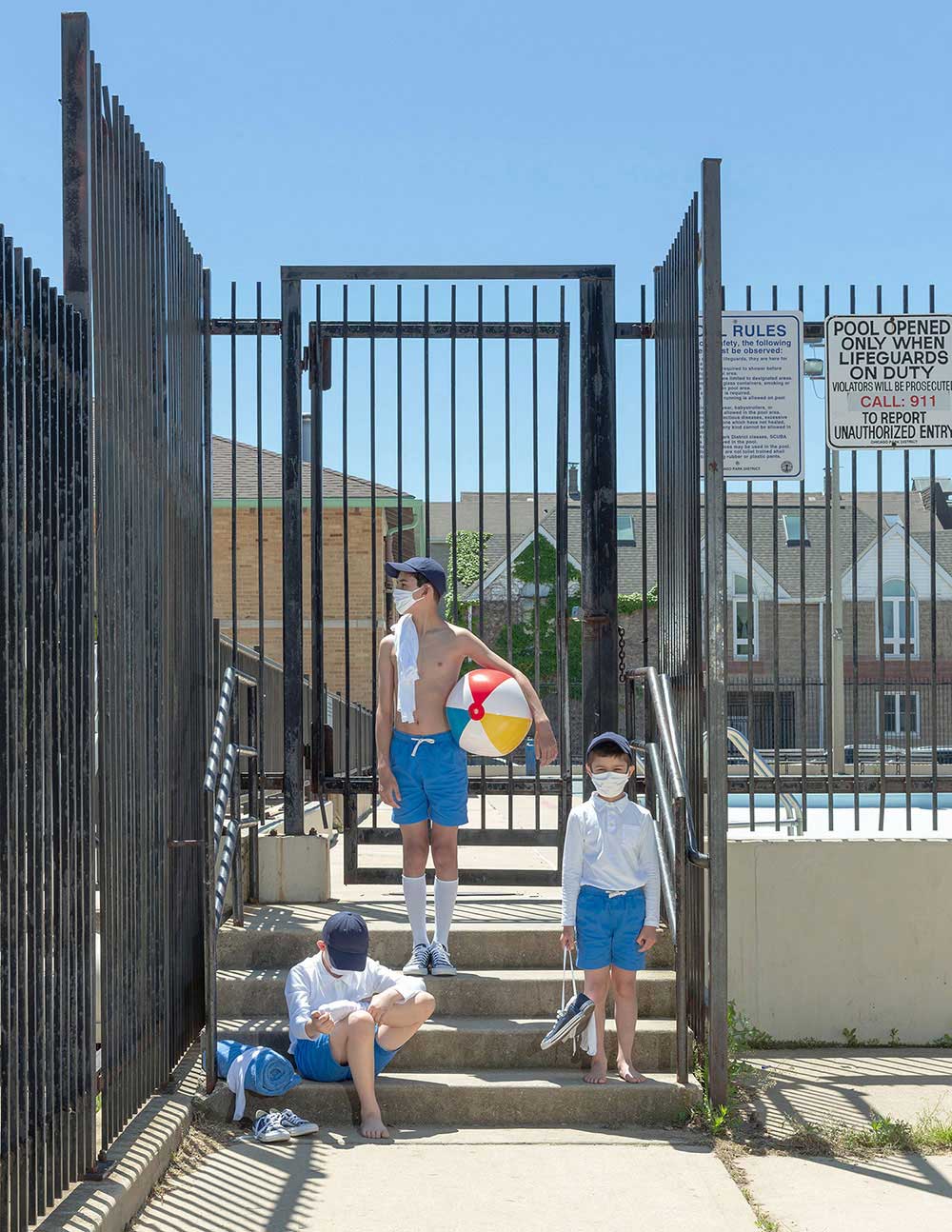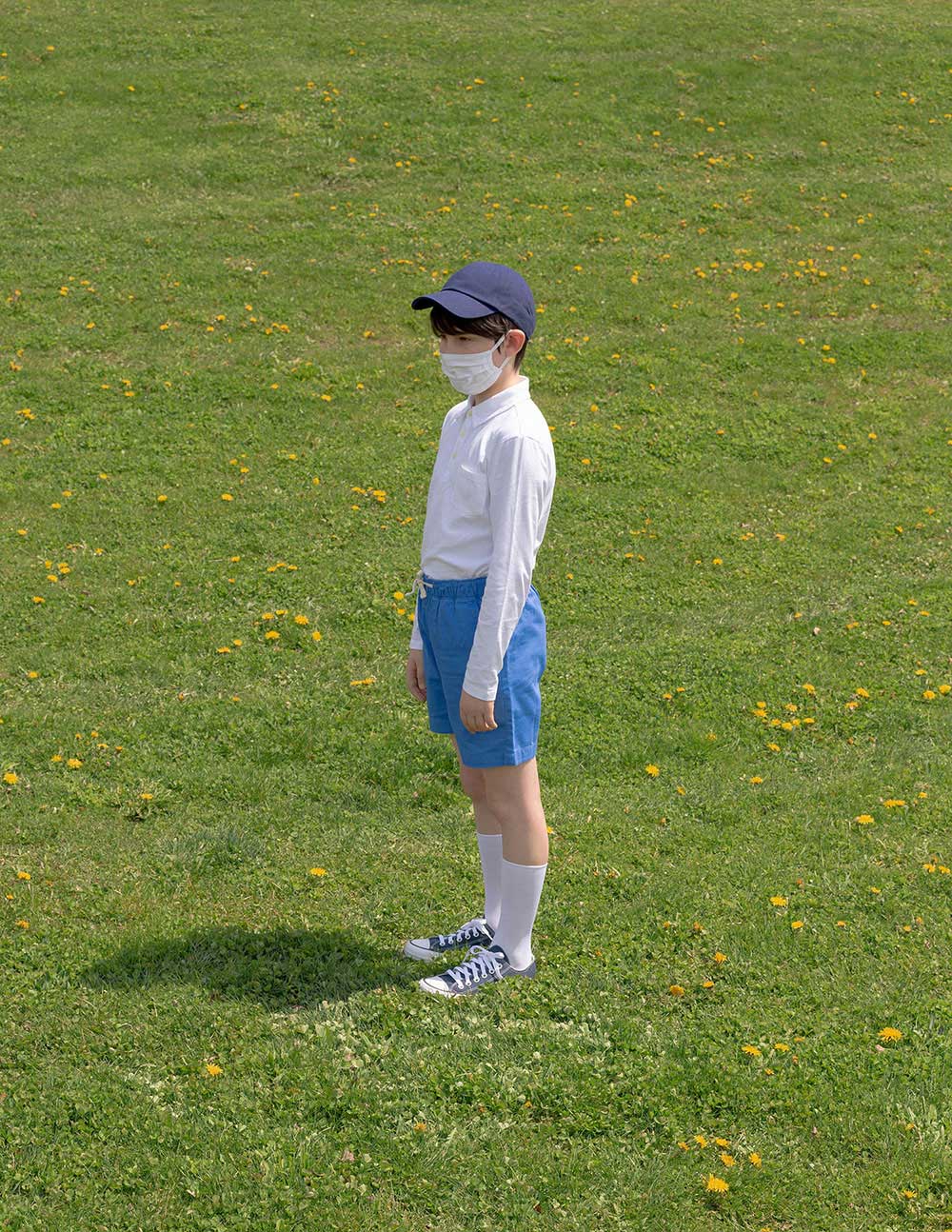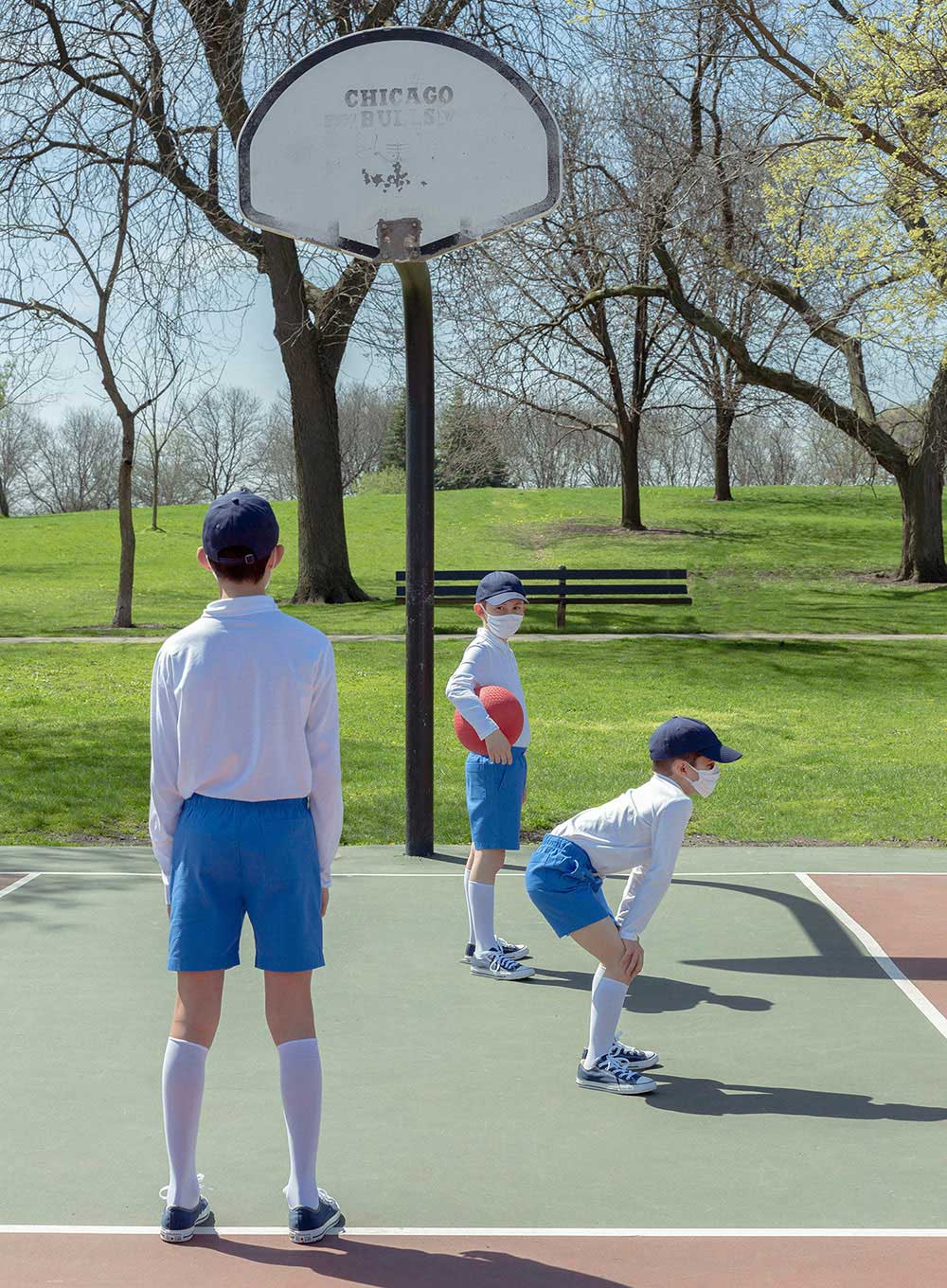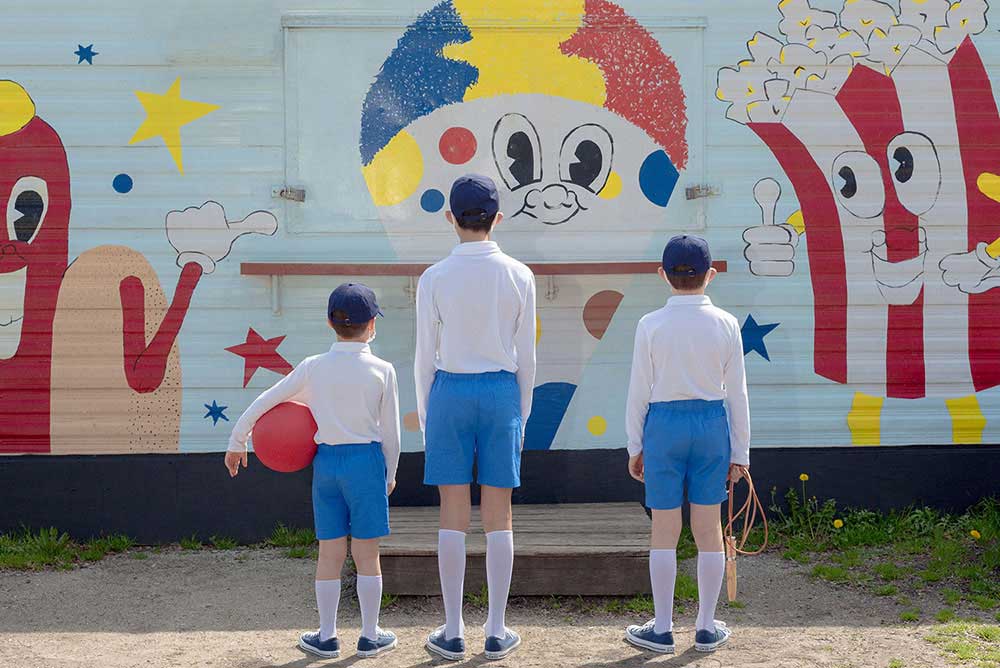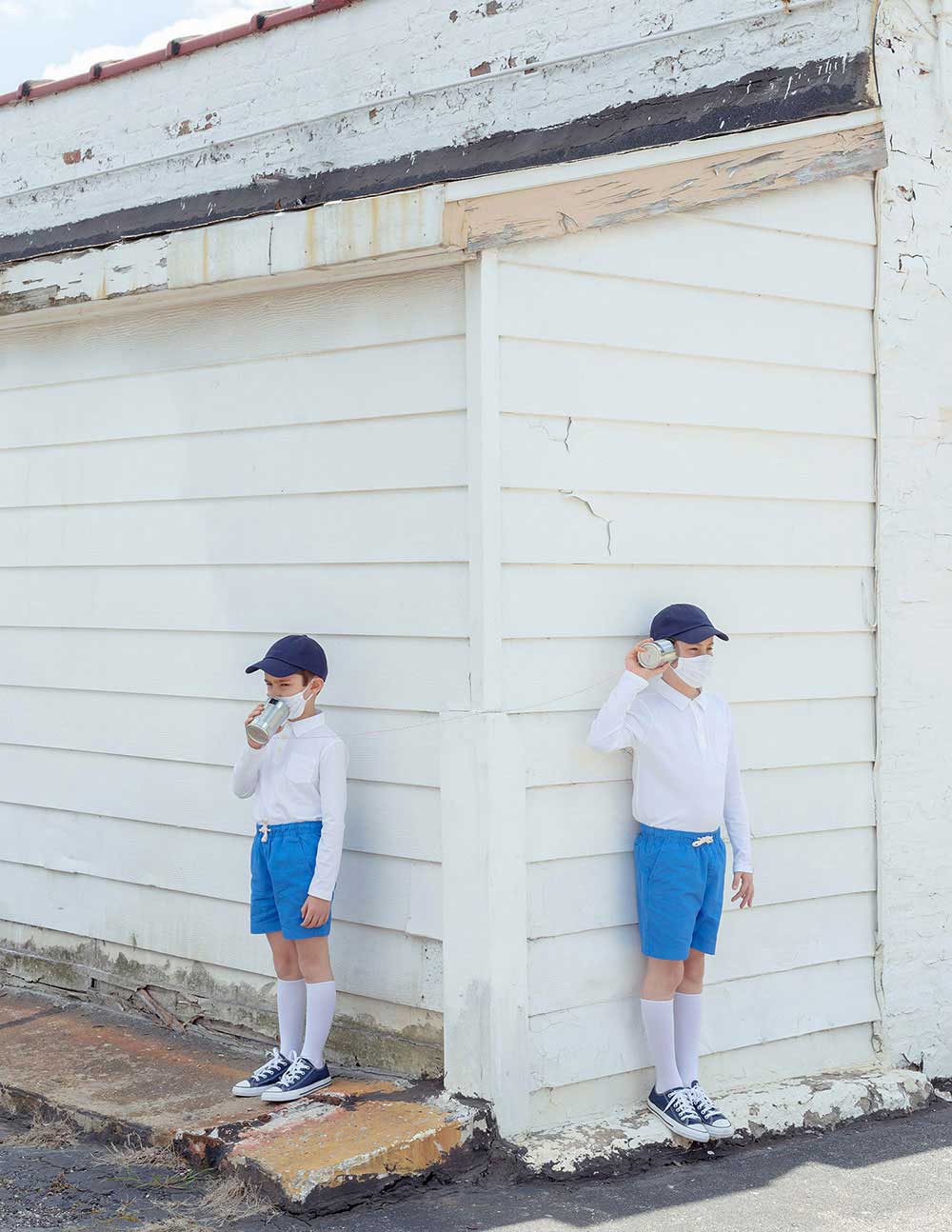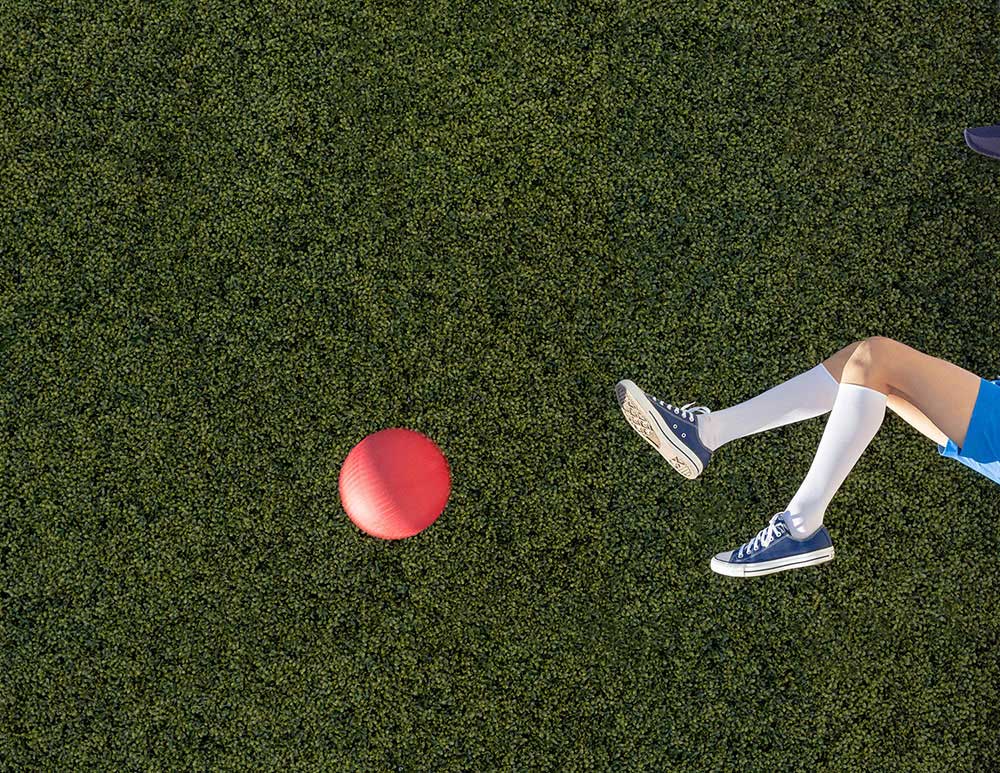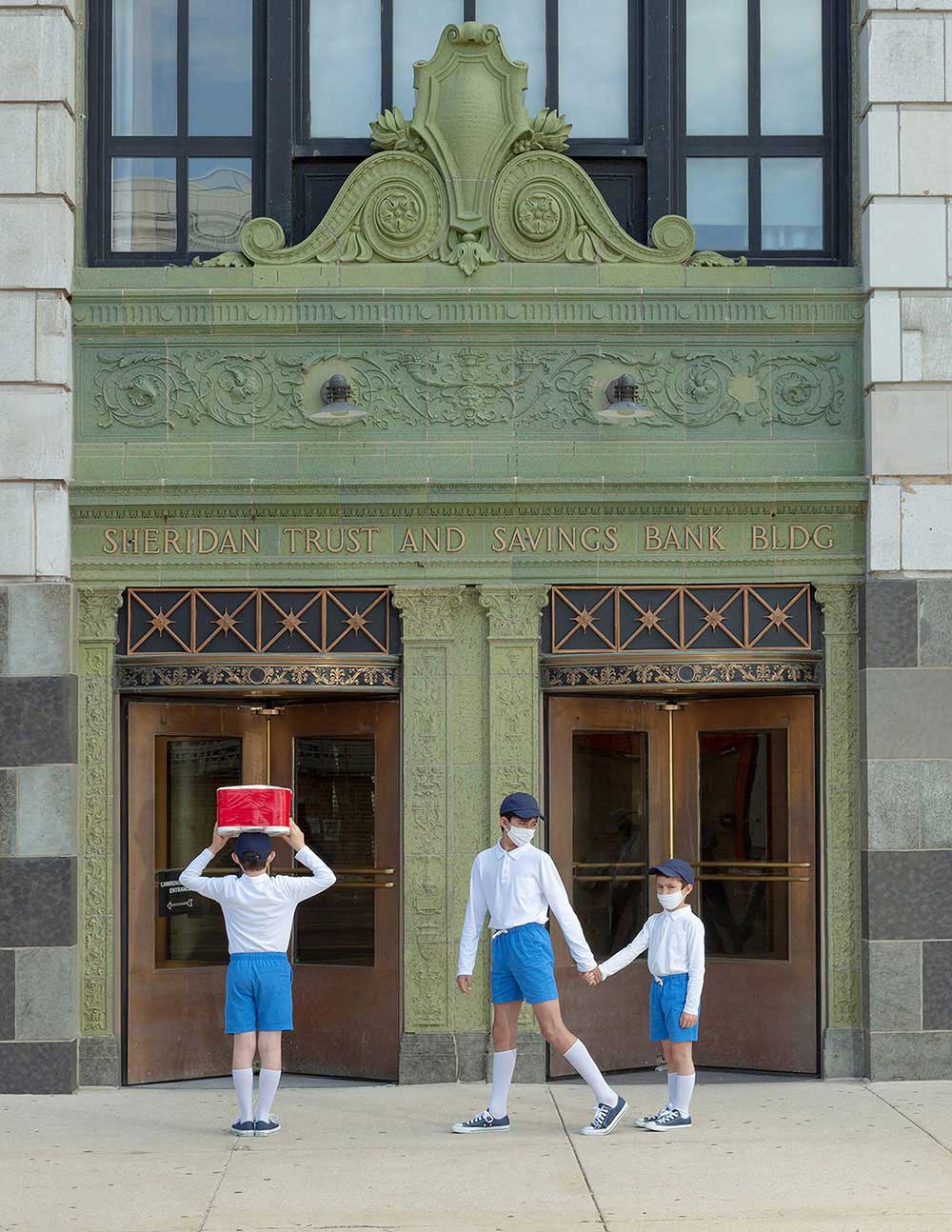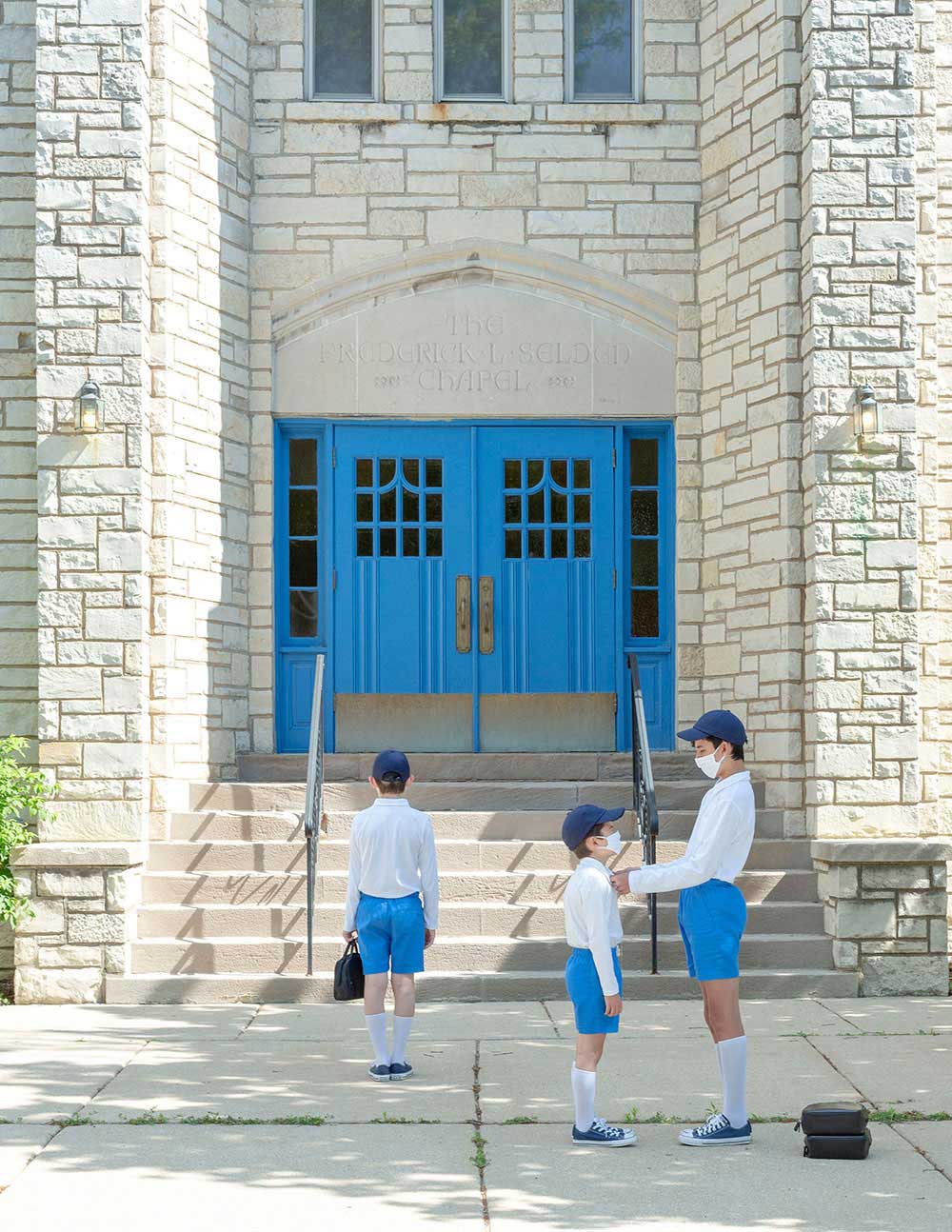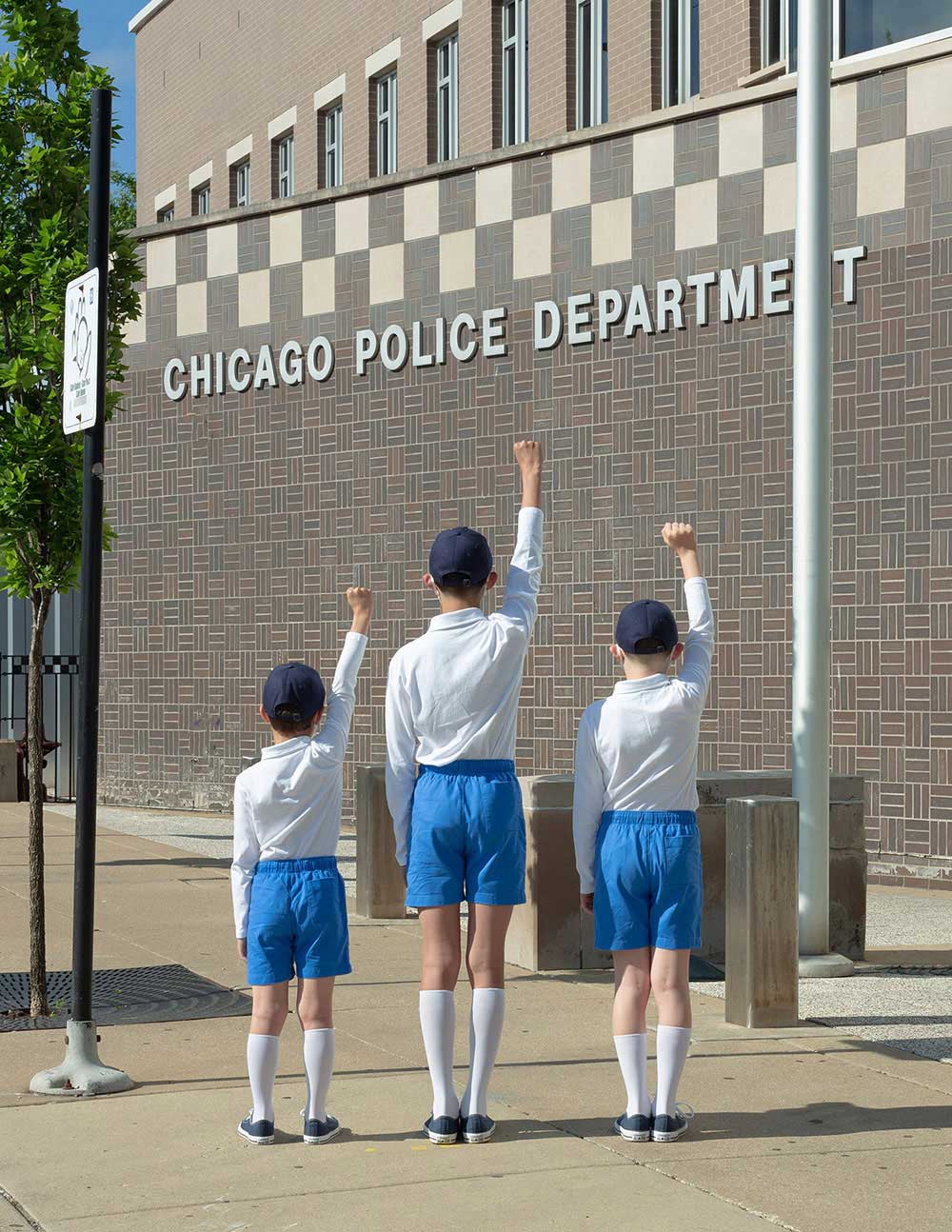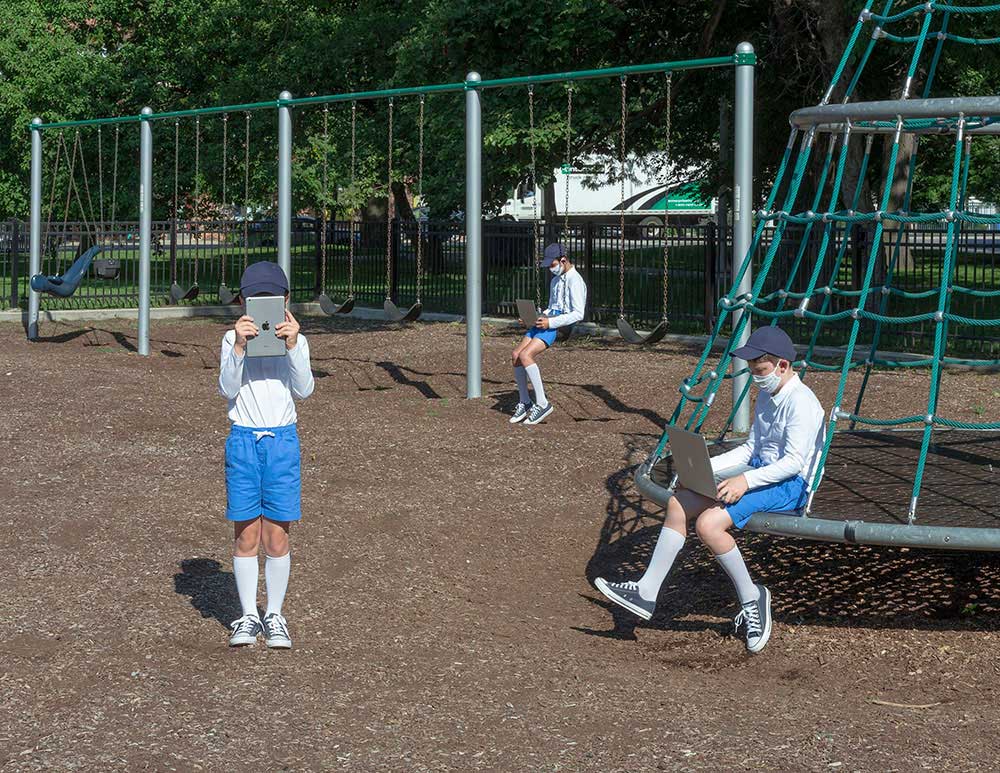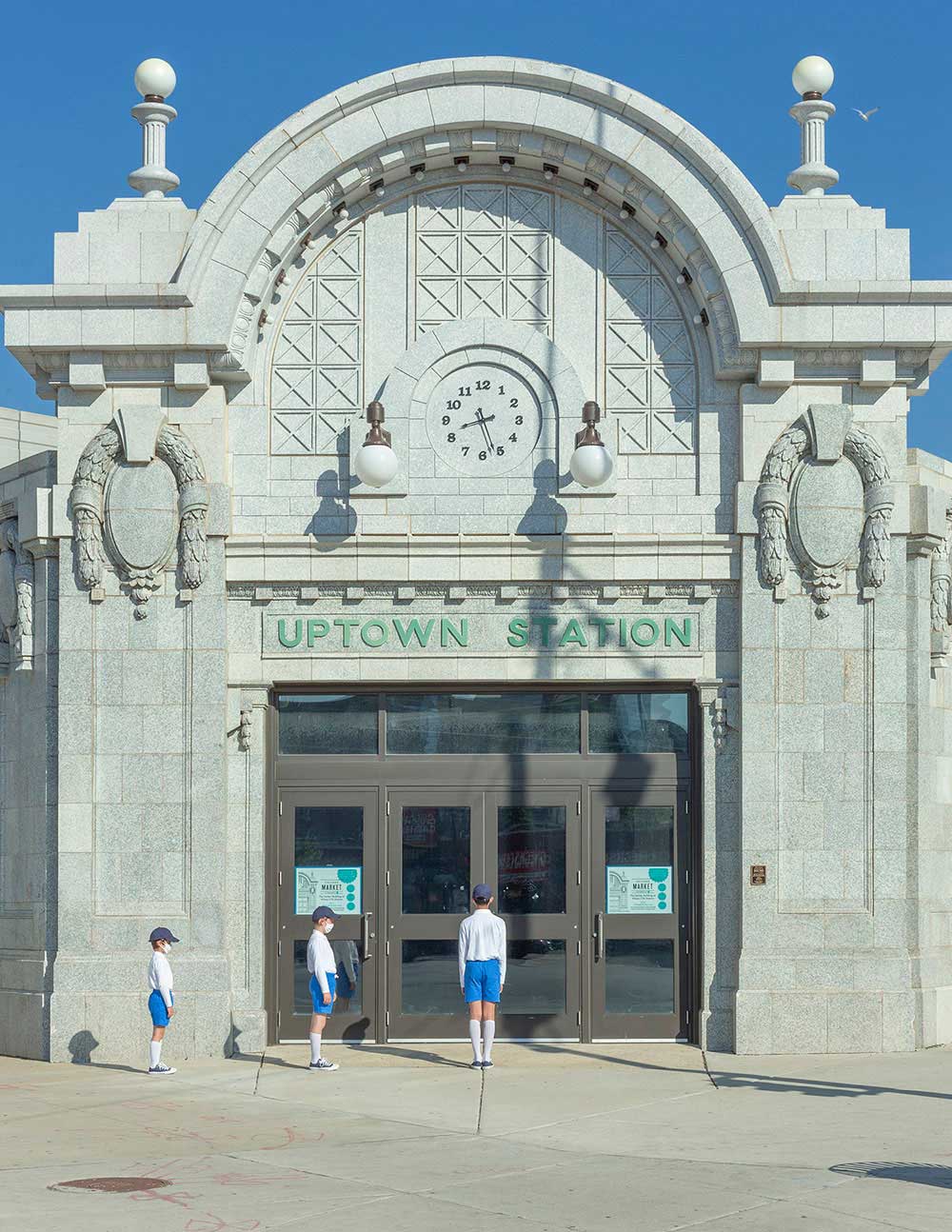About a year and a half ago I created a dinner series called, At Home with Momoko, where I would host 8-10 women once a month. At these dinners I would make an elevated home meal and dessert and choose a topic for us to discuss, like balancing life and work or self-esteem and social media.
At one such dinner I had a guest speaker, an art therapist, who did an exercise with us, a short version of what she would sometimes do with her clients, which was describing feelings through art.
The concept of art as therapy caused me to reflect on great artists of the past. We often think of these artists without trying to place them in the context of the world in which they lived. Usually when you look at a piece of art from the past, one does not as oneself: What was the state of the economy, Did the artist have bi-polar disorder, or How did they access support?
A very obvious example of an artist whose mental state was more widely known in conjunction with his art, is Vincent Van Gogh. Did he paint the sunflowers because he needed relief from the darkness of his mind? Without Virginia Woolf’s mother issues would we have her experimental and lyrical novels? Was Vivian Maier’s prolific portfolio the fruit of escapism from a benign profession and life? From such a lack of therapeutic support came centuries of art that informs, evokes emotion, is inventive, and creates empathy.
After a long Chicago winter, Covid-19 hit and forced us into lockdown which meant an undetermined amount of time being stuck at home after an already 4 month long hibernation. I found myself overwhelmed with the thought of Spring no longer in my sights. Coupled with the loss of work and lack of in-person bonding outside of my family I could feel depression at my door. The decision to create this series came swiftly. I had to make something that would describe my loss and pain in order to maintain my mental health.
What fascinated me the most was that my pain was being collectively felt around the globe. Each morning I would absorb the news and its images and think about how to adjust to a new way of living. Then came the protests and the Black Lives Matter movement springing out of an already dystopian two months. This would inform the production of each image. My three boys were my subjects and Chicago was the backdrop using a Canon 5D, Zeiss Otus 55 lens and a Profoto A1X for every shot. I was intent on having both the backdrop and the children be non-descript with the exception of one shot. With no timeline and zero expectations, I felt a freedom to create that I had never felt. I refused to let depression in.
I have a great love for humanity and have always loved helping others. What came as a great surprise to me was the overwhelmingly positive response to this series. I can endure this chaos because I know that I have it in me to create relatable art that serves to offer reprieve.
About Momoko Fritz
Momoko Fritz is a conceptual product and portrait photographer in Chicago, Illinois, USA. She received her B.F.A in Photography from BYU and started her professional career in Chicago. Her work is derived and inspired by current events, past memories and the love for food and objects. As an approach to her work, she often explores the past, her memories and the relationship with them and the now.
Momoko seeks to invite the viewer to relate to her imagery through her stylistic choices. Understating the clothes, colors or setting allows the viewer to place themselves into Momoko’s experience. Frequently drawing from her past, she acknowledges that although experiences can be unique they can also be universal. [Official Website]



